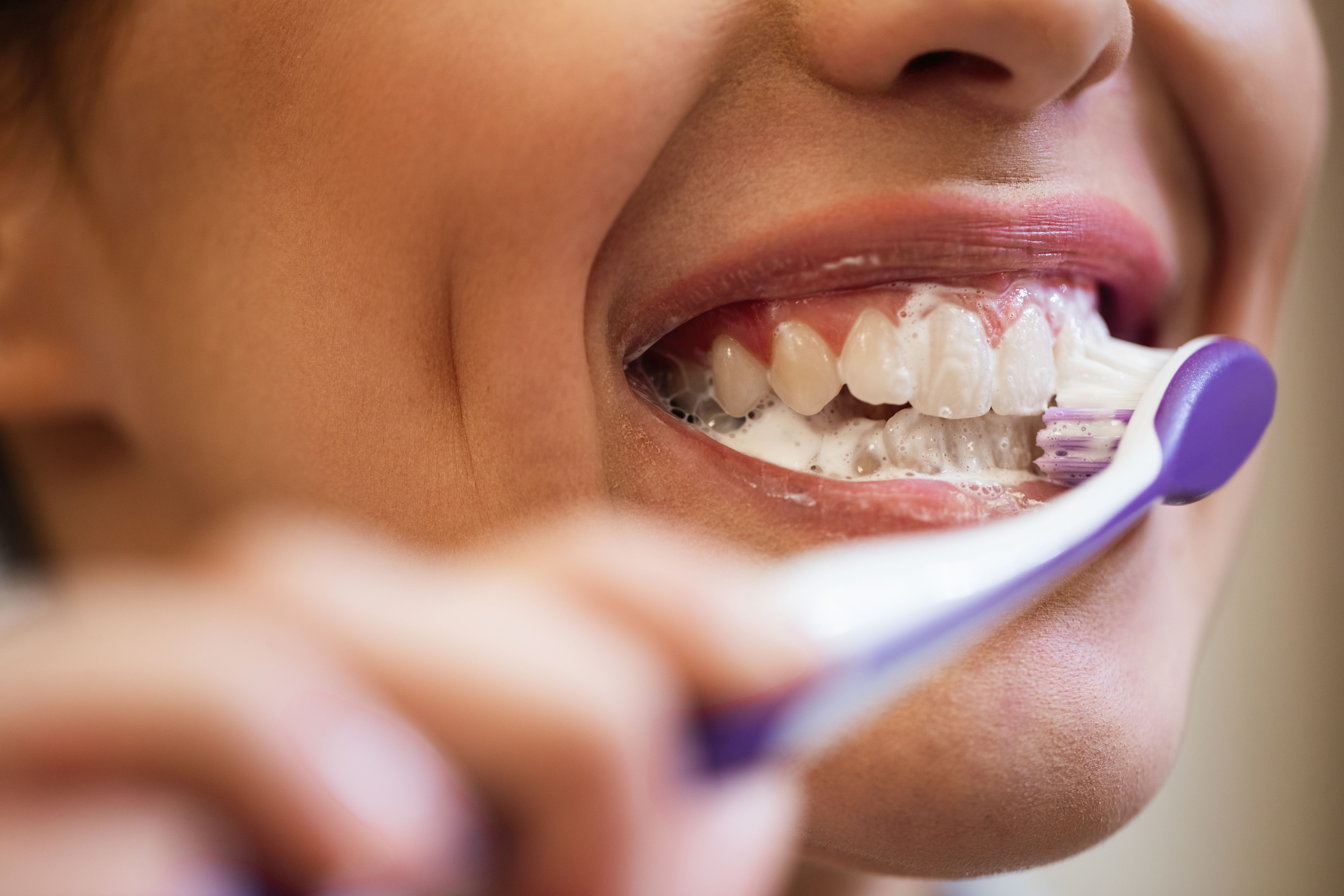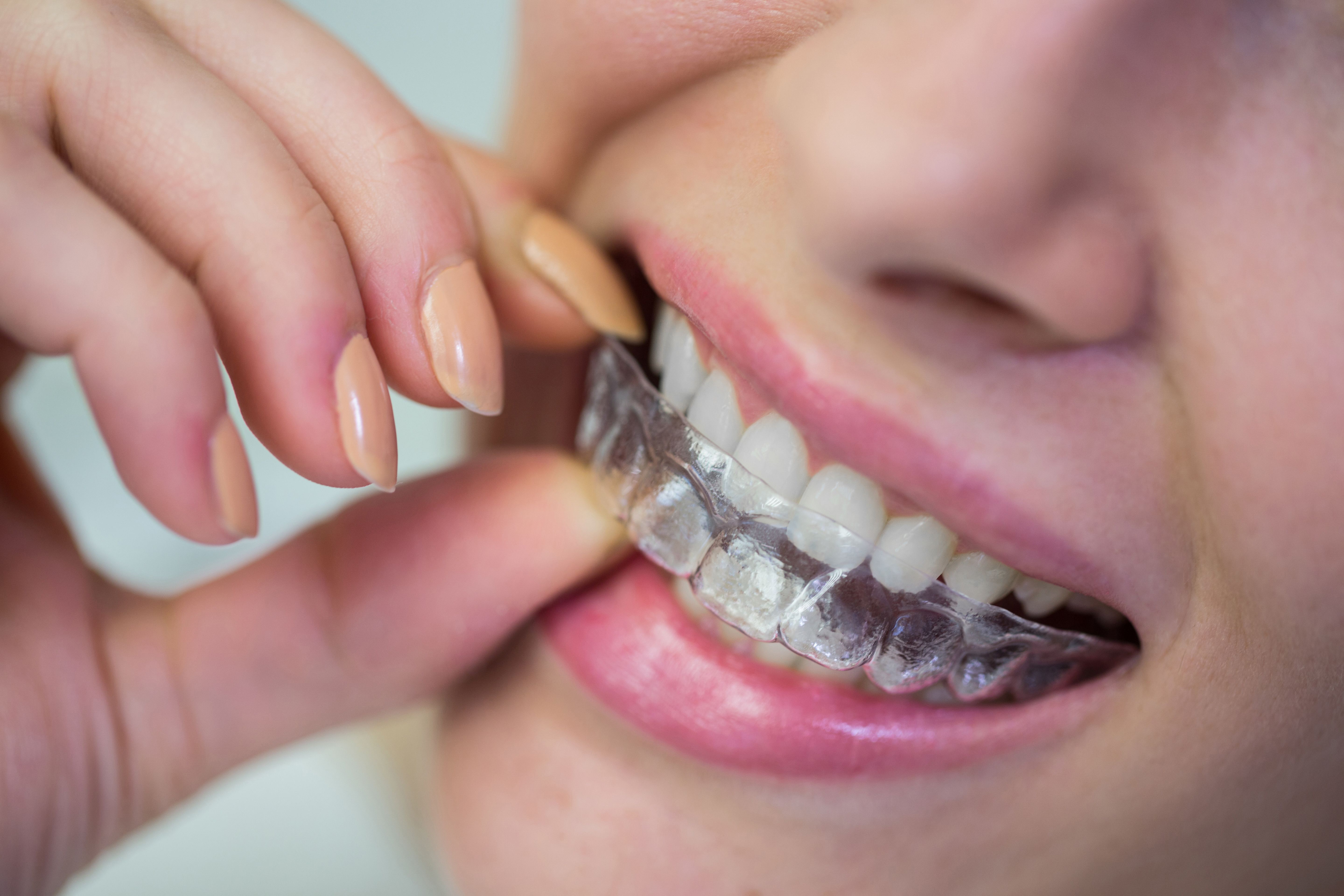In the past, adults were less likely to get braces because of the stigma associated with having metal in one's mouths. People today are excited to have the option of Invisalign therapy as a viable replacement. Getting Invisalign treatment has several benefits beyond being a convenient alternative to traditional metal braces. There's no doubt that the invisibility and relative ease of this treatment are contributing factors to its widespread acceptance. Nonetheless, comfort comes with a price. It's advisable to weigh all your options before settling on a course of action for correcting crooked teeth.
It's not hard to get Invisalign treatment, but there are a few things you need to know before you start wearing them. Here's some information to consider before committing to Invisalign:
Alternate approaches effectively resolve complex cases
Your orthodontist will do all their power to achieve your Invisalign treatment's best possible outcome. Invisalign works well for some cases of malocclusion, while it may not be effective for some complex issues. Your orthodontist will decide the optimum course of action. The dentist or orthodontist may suggest self-ligating braces made of clear plastic or metal if Invisalign aligner treatment is not suited. Options for getting braces today are less time-consuming and less noticeable than in the past.
Brush more!

Invisalign uses small, tooth-colored connectors to hold the aligner trays in place, allowing the trays to "click" into position. These short-term enhancements are of a transparent composite polymer that stains easily from common foods and drinks like coffee, tea, red wine, berries, turmeric, e.t.c. Consequently, it's crucial to follow each meal with a good brushing if you plan to undergo your treatment in an ideal manner.
Stick to the Routine
The use of Invisalign requires constant maintenance. Undoubtedly, the flexibility to remove aligner trays is a significant benefit of Invisalign. However, optimal Invisalign treatment entails a commitment of at least 20–22 hours per day of continuous aligner wear. Your orthodontist will guide you on how long you should wear your Invisalign aligners. Always keep your aligners in except when eating to ensure that your treatment duration is not prolonged.
Make it a habit to replace your aligners after eating, brushing your teeth, or flossing. Eating only three to four times a day is the most straightforward approach. Avoiding snacking is preferable to the hassle of removing and replacing the aligner trays after every meal. Removing your aligners should be limited to mealtimes, dental hygiene, and cleanings.
Some Discomfort Is Likely
Many patients report that wearing their Invisalign aligners is a breeze. However, it's possible that some people will be more irritated than others. One's ability to tolerate pain varies significantly from person to person. If you're sensitive to pressure or discomfort, you may not like having your trays swapped out every two weeks, which the dentists recommend.
Moreover, new aligners can make it challenging to speak clearly at first. You may stutter and mumble a lot. Keep your aligners in, no matter how difficult things get.
The Proper Cleaning of Aligners
Avoid using toothpaste on your aligners. You shouldn't use the same method for cleaning your teeth and aligners. Because of their abrasive chemicals, the toothpaste can damage your aligners while cleaning. If you brush your aligners too much, they may get yellow.
When cleaning your aligners, use a gentle cleanser specifically designed for use with aligners. This cleaner will allow for a thorough cleaning with little risk of damage.
Don't Forget to Floss!
You hear that flossing is crucial to maintaining healthy teeth and gums. Most people don't follow this daily recommendation. Flossing is essential while getting Invisalign treatment. Your teeth and gums must always be kept in pristine condition. Not flossing can lead to food particles, plaque, and other debris becoming lodged between your teeth. Residue can transfer to your aligners and cause them to fit as no longer intended.
"People who smoke cigarettes say "You don't know how hard it is to quit smoking." Yes, I do. It's as hard as it is to start flossing."
Mitch Hedberg
Invisalign patients will experience significant discomfort if they neglect to floss. Be consistent with your flossing and ensure you're doing it correctly.
Retainer upon treatment finishing
After getting Invisalign treatment, maintaining straight and attractive teeth involves using a retainer. An Invisalign retainer is provided to the patient after his treatment to help him keep his new smile. A retainer's purpose is to preserve the proper positioning of your teeth. The teeth can shift back to their original position without it. Shifting teeth may necessitate re-using your aligners, however temporarily, to correct their new positions. Consultation with your orthodontist will help us determine what kind of retainer is ideal for you.
Contact your orthodontists in Pinole, Dr. Azadeh Hosseini and Dr. Ghazal Hosseini at Top Pinole Dental to know when you should consider Getting Invisalign Treatment.
Resource:
This media/content or any other on this website does not prescribe, recommend, or prevent any treatment or procedure. Therefore, we highly recommend that you get the advice of a qualified dentist or other medical practitioners regarding your specific dental condition.

